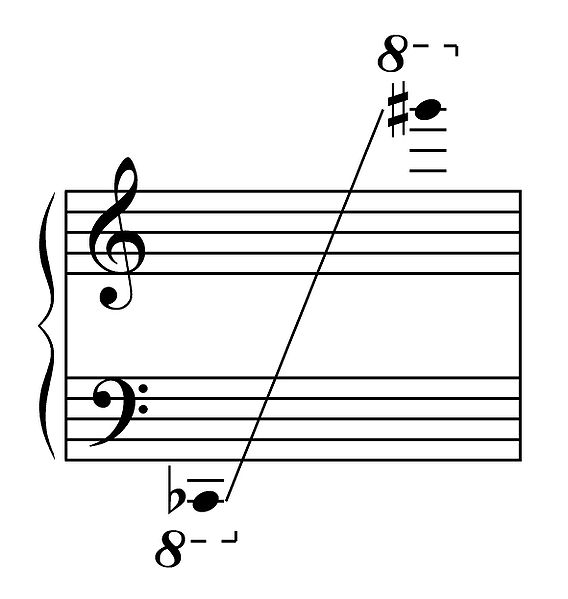The coat of arms of Ireland is blazoned as Azure a harp Or, stringed Argent. These arms have long been Ireland's heraldic emblem. References to them as being the arms of the king of Ireland can be found as early as the 13th century. These arms were adopted by Henry VIII of England when he ended the period of Lordship of Ireland and declared Ireland to be a kingdom again in 1541. When the crowns of England, Scotland and Ireland were united in 1603, they were integrated into the unified royal coat of arms of kingdoms of England, Scotland and Ireland. The harp was adopted as the emblem of the Irish Free State when it separated from the United Kingdom in 1922. They were registered as the arms of Ireland with the Chief Herald of Ireland on 9 November 1945.

Royal arms of the United Kingdom of Great Britain and Ireland, still visible at King's Inns, Dublin. This version has the harp with a woman's head and breasts, as well as the arms of the House of Hanover at the centre, dating it to 1816–1837.
The unofficial green ensign of Ireland from Bowles's Universal Display of the Naval Flags of all Nations maritime flag chart, 1783
The harp is a stringed musical instrument that has individual strings running at an angle to its soundboard; the strings are plucked with the fingers. Harps can be made and played in various ways, standing or sitting, and in orchestras or concerts. Its most common form is triangular in shape and made of wood. Some have multiple rows of strings and pedal attachments.
Harp
The Harps of Chogha Mish Iran are considered to be the world's oldest surviving stringed instruments, 3300-3100 B.C.E
The Queen's gold lyre from the Royal Cemetery at Ur; Iraq Museum, Baghdad
Lyres of Ur






